The Scania Chronicle
Page 5
By Christoph Büch and Steve St.Schmidt (Berlin 2023)
Series 1 from 1975:
More power, less fuel consumption
In 1975, the DS-14 engine was technically optimized. The maximum speed was reduced from 2,200 to 2,000 revolutions per minute. Average consumption also fell, but torque and power increased. The engine worked optimally at speeds between 1,500 and 1,600 rpm. This range was marked green on the rev counter. The engine was more powerful, more economical and more robust than its predecessor. One million trouble-free kilometers were now the norm.
The trucks with the new engine were given the designations LB 141 and L 141. The type designations now ended in one, and Series 1 was born. Two exceptions were the successor to the L 85, which was now called the L 86, and the new export conventional LT 145, whose type designation changed to LT 146 a year later.
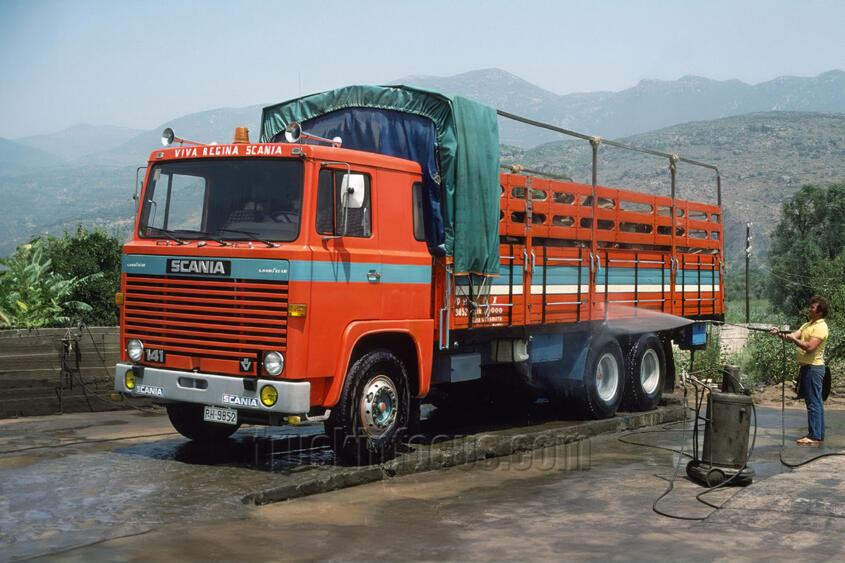
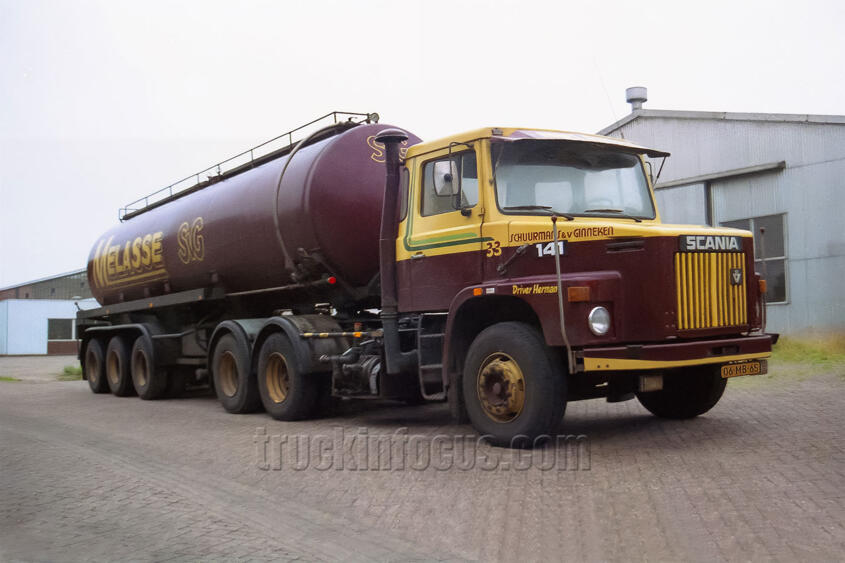
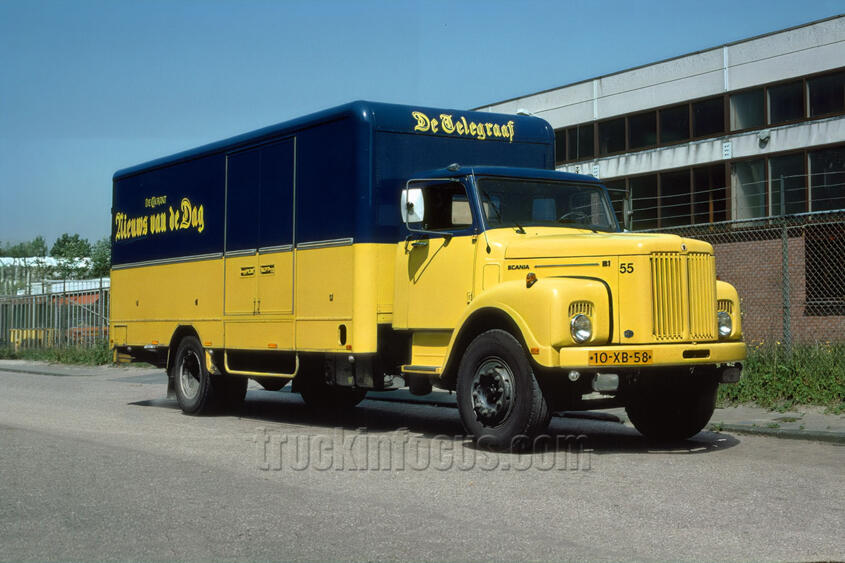
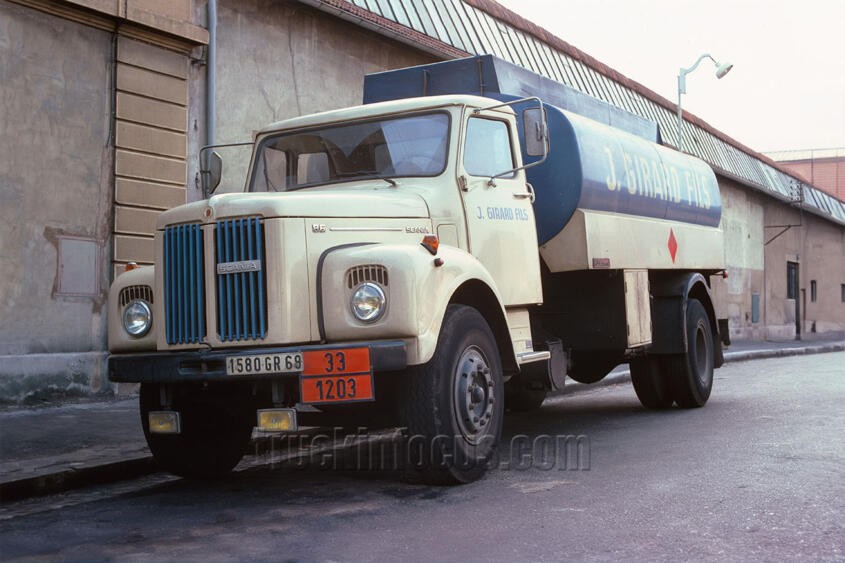
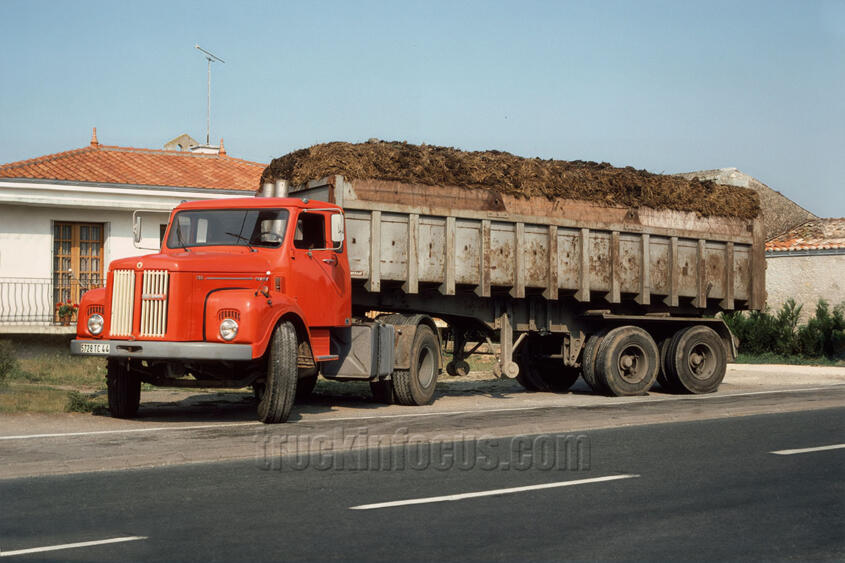
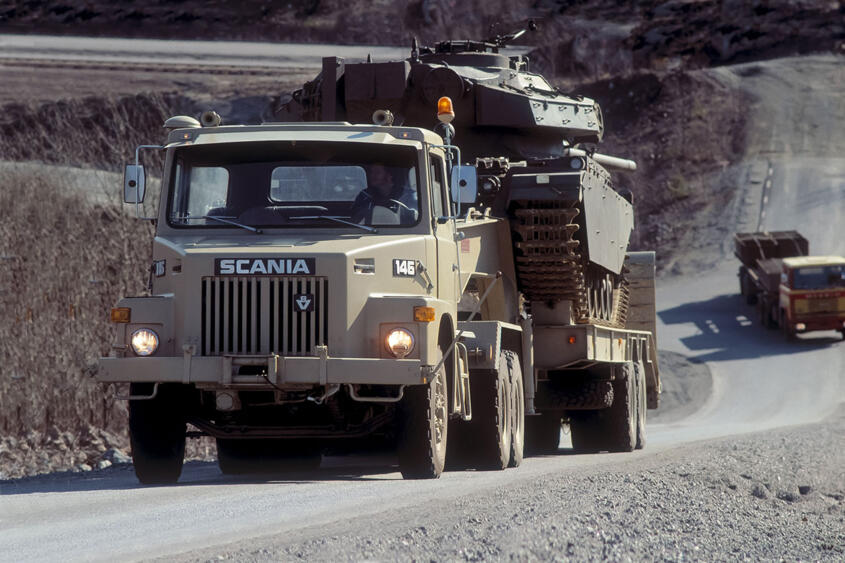
Externally, the new cab-overs differed from the predecessor series mainly due to the modified headlights. They were now round and positioned above the bumper, whereas they had previously been oval and in the bumper. There was now more space for additional headlights. In addition, the Scania lettering on the front no longer consisted of individual letters, but a black plate with the company logo in silver adorned the front of the vehicle above the radiator grille. Also in the form of a black plate, the type designation had moved from the center of the radiator grille to the lower left corner (seen from the outside). The LB 140 and L 140 series 0 models were also initially still available, although the external features were adapted to series 1.
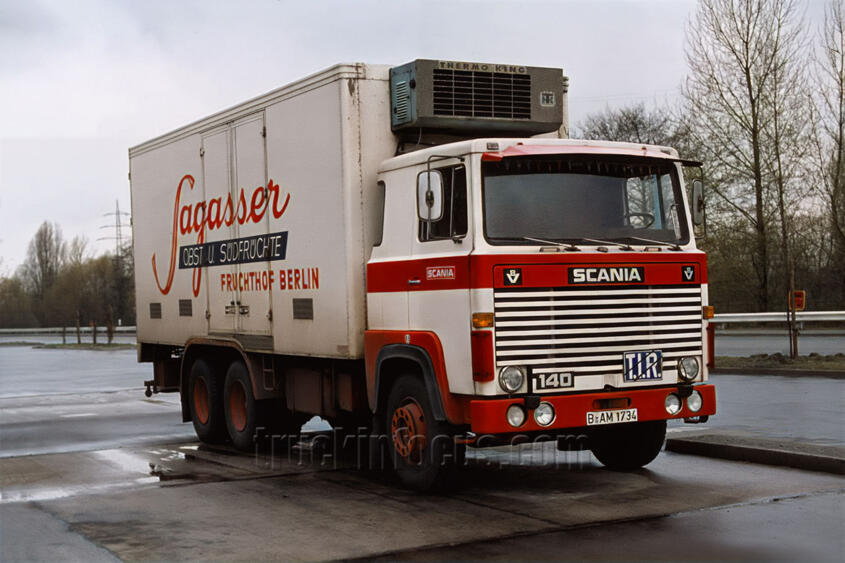
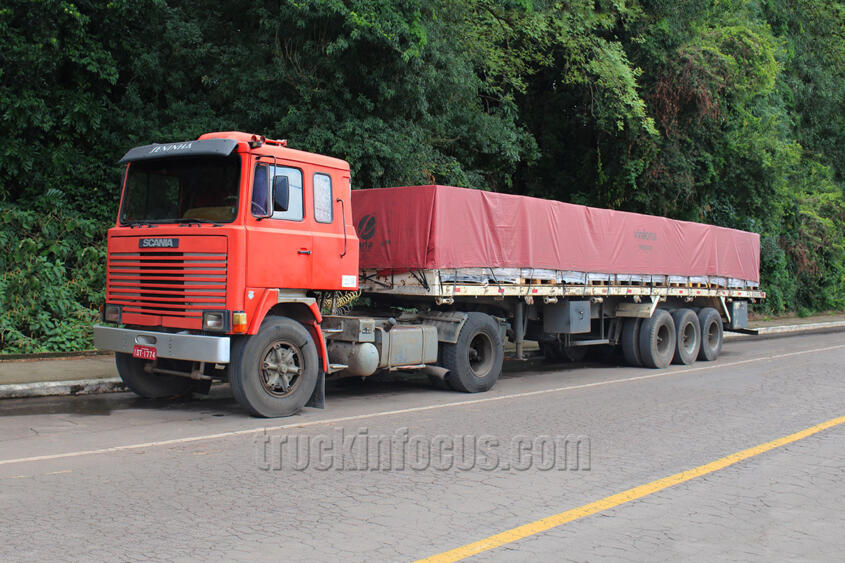
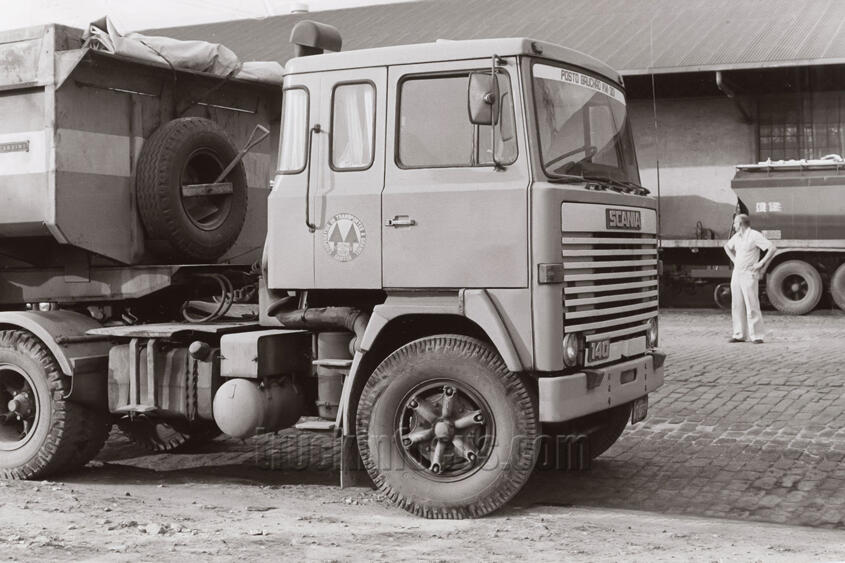
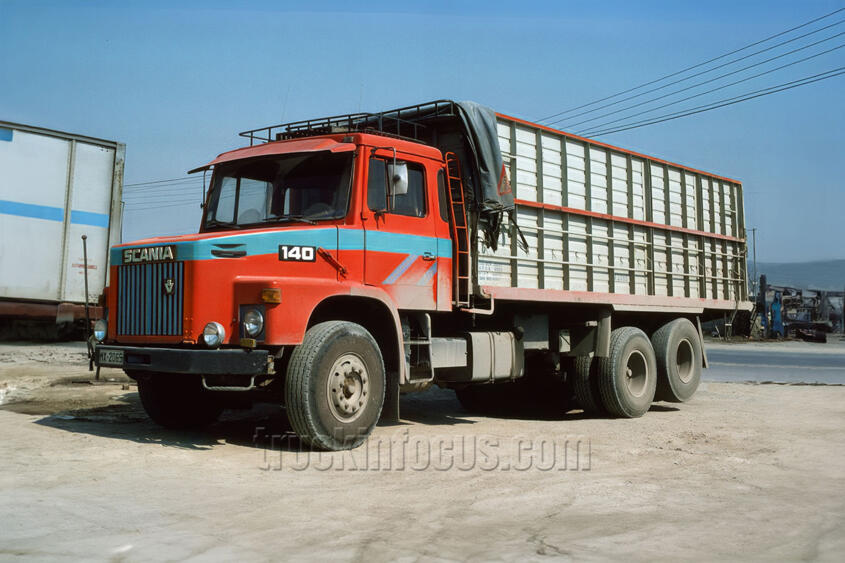
Like the DS 14, the DS 11 engine was similarly modified. Lowering the maximum speed and optimizing the combustion process resulted in more power with less fuel consumption. The engine now achieved 305 hp and the series was now called 111 instead of 110. These vehicles also achieved high mileages.
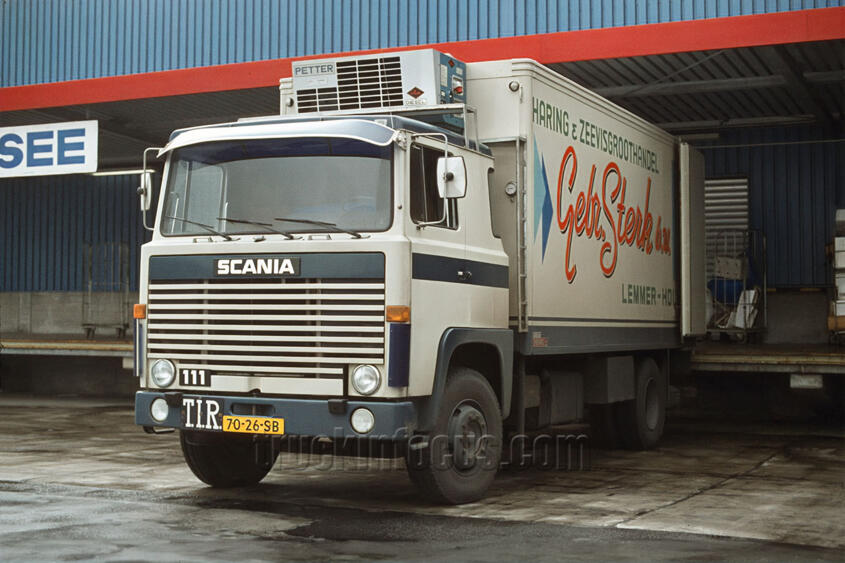
From 1975 to 1990, Scania built a total of 2,700 SBA 111 (4x4) and SBAT 111 (6x6) all-wheel drive vehicles for the Swedish armed forces. Total production amounted to around 3,400 units. The vehicles were designed for extremely difficult terrain. They could cope with gradients of up to 60 percent, with a maximum side incline of 40 percent when fully loaded. The tiltable cab allowed easy access to the engine, which could be replaced in just four hours, even under field conditions. Other technical requirements included a high cold-start capability. This meant that the vehicles could be started safely even at forty degrees below zero.
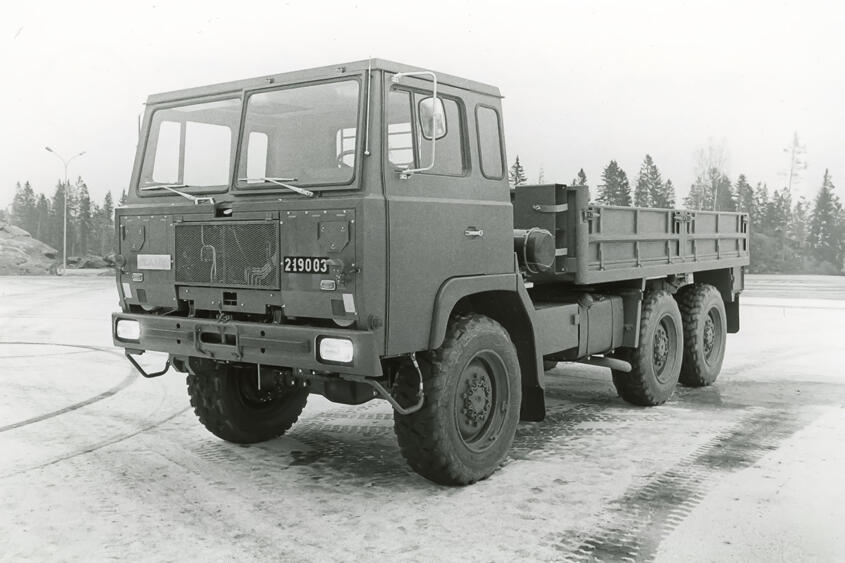
Scania's export share had risen continuously over the years and was an impressive 88 percent at the end of the seventies. Several hundred trucks were sold to Iraq alone every year since the sixties. This export quota rose to 4,000 units by the beginning of the eighties. Scania had traditionally had a strong presence in the Benelux countries since the 1950s, and France and Italy were added in the following decade. The 140 and 141 models made Scania the second largest manufacturer in Italy after Iveco.